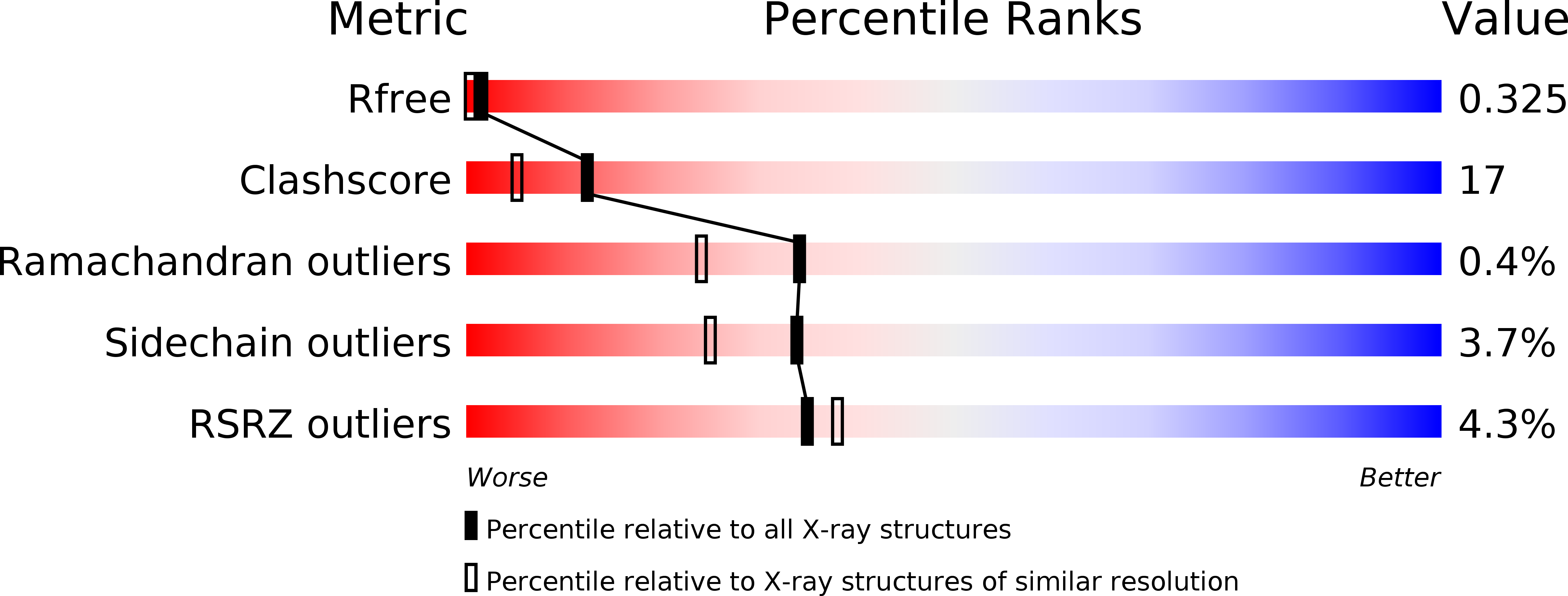
Deposition Date
2008-01-24
Release Date
2008-08-26
Last Version Date
2023-12-13
Method Details:
Experimental Method:
Resolution:
1.90 Å
R-Value Free:
0.32
R-Value Work:
0.25
R-Value Observed:
0.25
Space Group:
P 21 21 21


